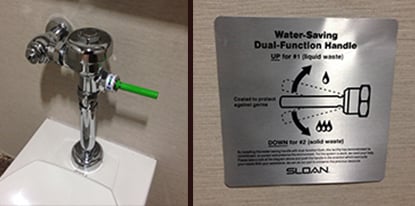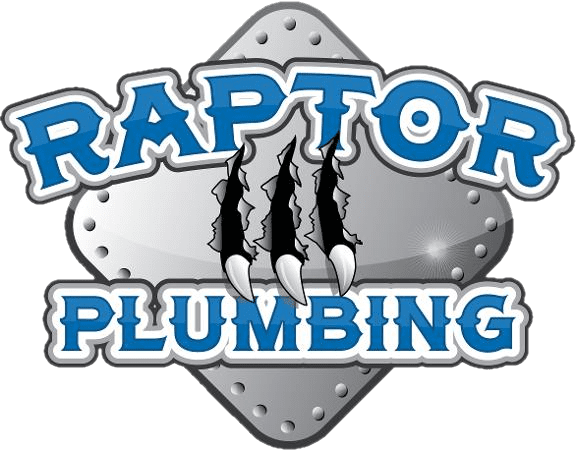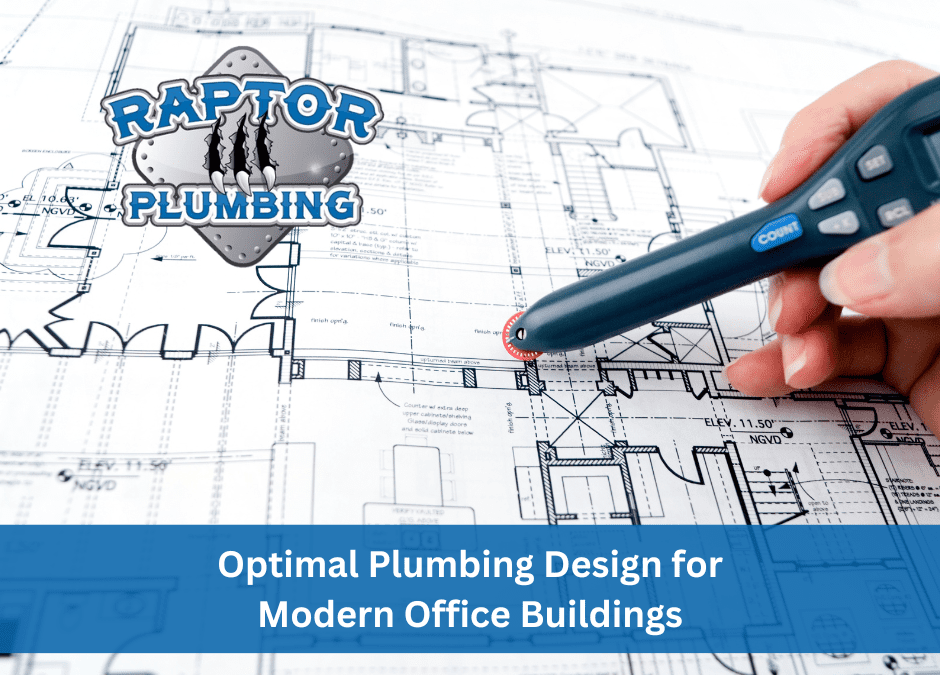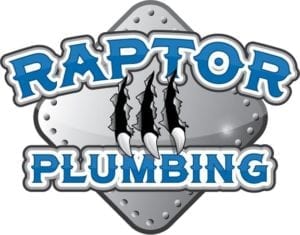Designing an efficient plumbing system for office buildings is critical to modern architecture and construction. It involves ensuring adequate water supply and waste disposal and focusing on water conservation, sustainability, and cost-effectiveness. This article outlines the key considerations and strategies for developing a plumbing system that meets the needs of today’s office environments, balancing functionality with environmental responsibility.

Water Conservation Techniques
One of the primary goals of modern plumbing design is reducing water usage. This can be achieved by installing low-flow fixtures such as toilets, urinals, and faucets. Additionally, incorporating water recycling systems, like greywater systems for toilet flushing and irrigation, can significantly cut down water consumption.
Energy-Efficient Hot Water Systems
Efficient hot water distribution is essential in large office buildings. On-demand water heaters and recirculating systems ensure hot water is available without waiting or wasting. Insulating hot water pipes also reduces energy loss, energy bills, and environmental impact.
- Install-on-demand water heaters
- Use recirculating systems for immediate hot water
- Insulate hot water pipes to prevent heat loss
Sustainable Material Selection
Choosing suitable materials for plumbing is crucial for sustainability and long-term cost savings. Materials like cross-linked polyethylene (PEX) and copper are durable and less prone to corrosion and leaks. These materials can significantly reduce maintenance costs and increase the plumbing system’s lifespan.

Integration with Building Management Systems
Modern office buildings often have sophisticated building management systems (BMS). Integrating plumbing systems with these can allow for real-time monitoring of water usage, leak detection, and more efficient maintenance schedules, resulting in cost savings and reduced water waste.
- Real-time monitoring of water usage
- Automated leak detection and alerts
- Efficient scheduling for maintenance and inspections
Compliance with Regulations and Standards
Ensuring that the plumbing design complies with local building codes, environmental regulations, and industry standards is essential. This includes adherence to the Americans with Disabilities Act (ADA) for accessible restroom design and following Leadership in Energy and Environmental Design (LEED) standards for sustainability.
Summary
Efficient plumbing system design in commercial office buildings is a complex task that requires a balance of functionality, sustainability, and cost-effectiveness. By implementing water conservation techniques, choosing energy-efficient systems, selecting sustainable materials, integrating with building management systems, and complying with relevant regulations, designers and builders can create plumbing systems that not only meet the practical demands of an office building but also contribute to a healthier environment and reduced operating costs.


